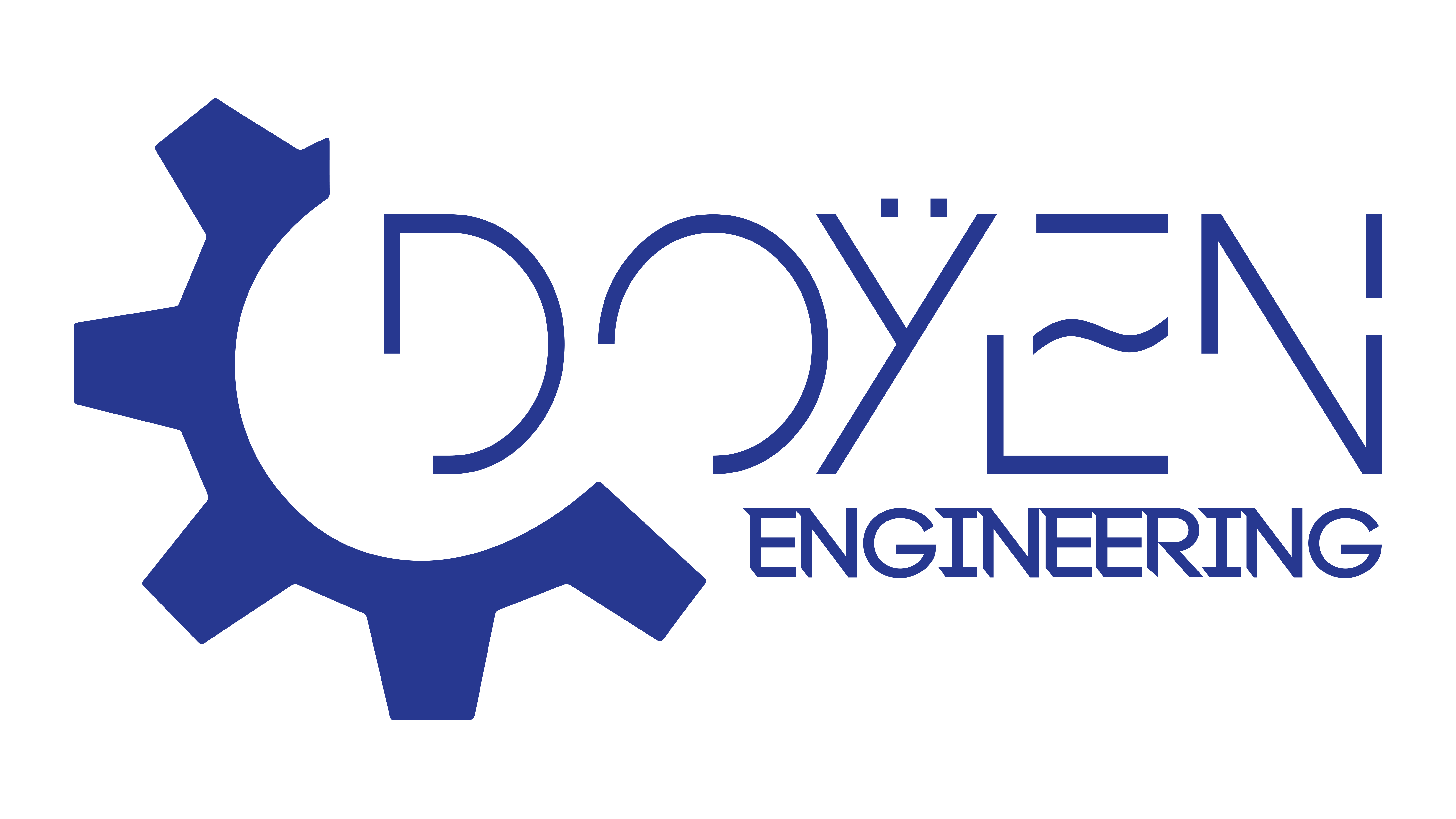
Overview of Regulations in Renewable Energy Projects
Importance of Regulatory Frameworks
The landscape of renewable energy projects is intricately woven with regulatory frameworks that guide their development. These regulations ensure that projects align with environmental, safety, and economic standards. For instance, a wind farm project must comply with federal and state regulations to avoid environmental degradation. Without these frameworks, individuals and businesses might overlook crucial aspects like sustainability and community impact.
Types of Regulations Impacting Renewable Energy
Understanding the types of regulations can help stakeholders navigate the complexities of renewable energy:
- Environmental Regulations: Protect ecosystems and preserve natural resources.
- Building Codes: Ensure safety and compliance during construction.
- Grid Connection Regulations: Govern how renewable energy projects can connect to existing power grids.
By familiarizing themselves with these regulations, developers can significantly enhance their project’s success rate.

Environmental Regulations
Impact on Project Development
As we delve into environmental regulations, it’s vital to recognize their significant impact on renewable energy project development. These regulations are designed to mitigate adverse environmental effects, which can sometimes lead to changes in project plans. For instance, a solar farm seeking to build on previously untouched land might require extensive environmental impact assessments (EIAs) to ensure compliance.
- Example: A project may need to adjust its location to protect local wildlife habitats.
Compliance Requirements
Compliance is crucial for any renewable energy project, encompassing a variety of requirements. Developers must:
- Submit detailed EIAs.
- Follow local, state, and federal environmental guidelines.
- Implement protective measures for air, water, and land quality.
Navigating these obligations may seem daunting, but they ultimately foster responsible development. By adhering to compliance, developers not only protect the environment but also enhance their project’s credibility and community acceptance.

Permitting Processes and Challenges
Permitting Procedures for Renewable Energy
Transitioning from compliance, the permitting process is a critical step in launching any renewable energy project. Each project requires various permits that may vary by location and resource type. Developers must typically secure:
- Environmental permits: Address impacts on local ecosystems.
- Construction permits: Ensure that building codes are met.
- Grid connection agreements: Facilitate integration with the existing electricity supply.
These permits require thorough documentation and can be time-consuming.
Common Hurdles and Solutions
While the permitting process is essential, it’s not without challenges. Developers often face:
- Lengthy approval times: Projects can be delayed due to bureaucratic processes.
- Complex regulations: Keeping track of compliance can overwhelm teams.
To tackle these issues, consider adopting the following solutions:
- Early engagement: Involve local communities and regulators from the start.
- Streamlined documentation: Organize submissions to reduce delays.
By proactively addressing these hurdles, developers can enhance their chances of a smoother permitting experience.

Incentive Programs and Funding
Government Initiatives Supporting Renewable Energy
Building upon the challenges of permitting, it’s essential to explore the various government initiatives that bolster renewable energy projects. Governments worldwide recognize the need to transition to sustainable energy sources and often launch programs that encourage development. For example, programs might focus on:
- Tax credits: Offering reductions based on renewable energy investments.
- Grants: Providing funding for specific projects or research initiatives.
These initiatives can significantly ease the financial burden on developers, making projects more viable.
Financial Incentives for Renewable Projects
In addition to government programs, numerous financial incentives are available to support renewable projects. Some common options include:
- Investment tax credits (ITCs): Allowing a percentage of the investment cost to be deducted from federal taxes.
- Production tax credits (PTCs): Providing income based on energy produced, benefiting wind and solar farms.
Leveraging these financial incentives not only improves project feasibility but also encourages innovation within the renewable energy sector. By understanding and utilizing available funding resources, developers can turn sustainable visions into reality.

Legal Considerations and Risks
Contractual Obligations in Regulatory Compliance
Transitioning from the financial landscape, understanding legal considerations is vital in renewable energy projects. Developers must navigate various contractual obligations to ensure regulatory compliance. Agreements with contractors, suppliers, and local authorities often outline specific commitments, such as:
- Adhering to environmental standards: Ensuring minimal impact on natural resources.
- Meeting project timelines: Delving into penalties for delays due to non-compliance.
Such contracts lay the groundwork for a successful project but require careful management to align with regulations.
Risks Associated with Non-Compliance
Failing to comply with these obligations comes with significant risks. Non-compliance can lead to:
- Fines and penalties: Financial repercussions that can derail project funding.
- Reputational damage: Losing community trust or facing backlash from environmental groups.
To mitigate these risks, developers should establish robust compliance protocols and keep abreast of applicable regulations. Proactive management and legal oversight can help safeguard projects and foster long-term success in the renewable energy sector.






